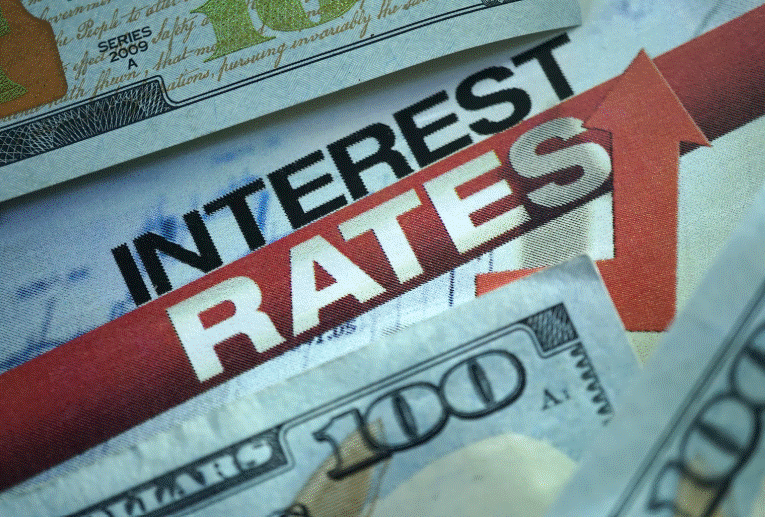As a rule of thumb, investors in rental properties look for tenants who pay rent consistently and have the pockets to pay decently. This assures steady income and financial security. Yet there is a segment of the population that also represents profitability even though they have few funds to spare. When all the numbers are crunched, landlords who reserve some or all of their units for low to medium-income individuals and families can actually realize significant financial gain. To be sure, you have to structure the investment carefully and certain conditions must prevail. Nevertheless, there are serious earnings in affordable housing.
How Does Affordable Housing Work?
In short, people of limited means are eligible for affordable housing if their income falls under a state-determined threshold. Real estate owners who participate in state programs can provide some or all of their units to such households. In return, the government will credit the landlord for lower rents toward their tax obligations or pay them to offset any loss of income. Meanwhile, residents can also receive additional funds from public agencies to furnish their modified rental expenses. Eligible residents often represent the following categories:
- The elderly and disabled -- these have diminished physical or cognitive capacities to earn a competitive wage.
- Students -- non-traditional and international college students frequently lack the financial resources to meet the demands of market rents.
- Military personnel -- those serving the country in uniform -- and their families -- make less money than many people know.
- Recovering and released persons -- people recently discharged from drug rehab facilities or correctional institutions need time to get on their feet financially.
Types of Affordable Housing Arrangements
1. Public housing -- is owned and operated by local housing authorities and is thus not open to private investment.
2. HUD Section 8 apartments -- comprise privately owned buildings where tenants pay no more than 30 percent of their incomes and landlords receive additional subsidies from the U.S. Department of Housing and Urban Development (HUD).
3. USDA Housing -- offers low rents that are subsidized by the United States Department of Agriculture (USDA), and targeting specified rural communities.
Some properties will house affordable units and conventional units. In other cases, tenants can obtain vouchers to receive affordable units in any apartment village.
How Do Affordable Units Lead to Owner Profits?
Calculating profitability for low-income units begins as it would for any residential investment property. First of all, the investor must tally up the operating expenses: mortgage, taxes, insurance, utilities, maintenance, landscaping plus any fees due and payable to the local authorities. Other costs to consider are closing expenses for financing; rehab costs; and advertising/marketing payments.
After all the charges are tallied, consider income expectations. These not only include the rental remittances from tenants and the supplemental payouts from the government through the housing authority. Optimizing the home value of the property means a greater contribution from HUD, USDA or whatever agency is doing the subsidizing. These disbursements usually amount to 90 to 110 percent of fair market rent for the area.
Managing costs and taking measures to boost home value lead to a decent cash flow for astute investors in affordable housing. In the second installment of this series, we will look at how the landlord or investor relates to the housing, and at the obligations each has to the other.





